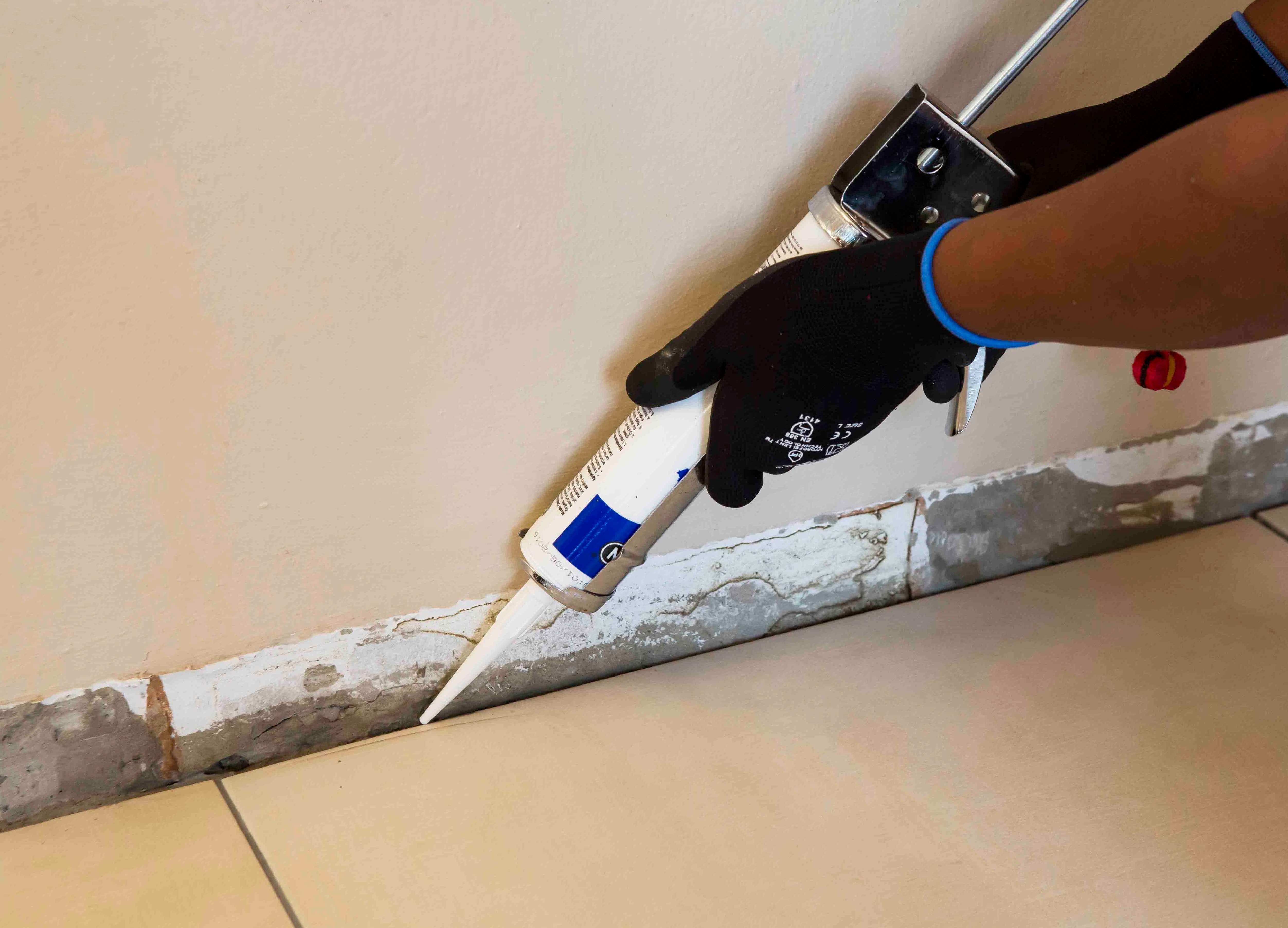Grout colour matching made easy
Picking out the correct colour grout for your tile installation is a choice which will ultimately affect the visual appeal of your home. TAL has started to produce new 5kg grout bags which feature a see-through window. This little feature simplified the grout picking process for the tiling contractor and even for the end user.
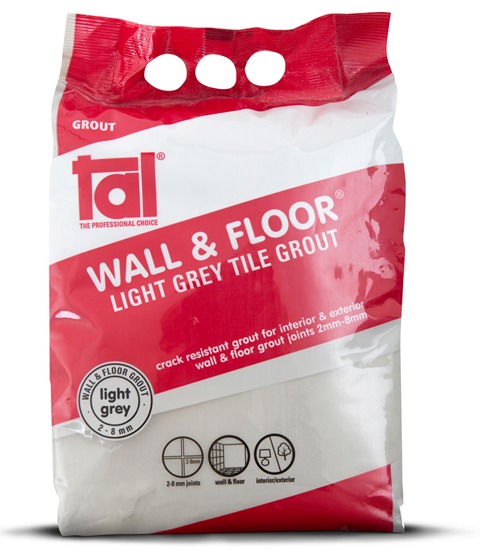

These new plastic bags are also much more durable as they will not rip or tear on site – in addition to this, they now feature a flap which has three finger holes, making the bags easier to carry and move around.
TAL’s top grout related questions to guide DIY tilers:
Where are the tiles being laid?
- High-traffic areas (kitchens, passages and entrance halls) as well as areas which are frequently exposed to moisture (such as a shower) will always require water-resistant, flexible grout. Water in a cementitious grout mix, such as TAL Wall & Floor Grout, should be replaced with TAL Bond, a latex additive, which will improve water resistance, flexibility and the lasting bond strength of the grout. When you make use of a latex additive is instead of water, the grout colour will darken slightly in the cured state – this is something keep in mind when selecting the grout colour. The latex additives improve on the grout’s water resistance, but take note that it does not make the installation waterproof.
- Areas which will ultimately be exposed to a lot of water (balconies, for example) must be waterproofed before tiling commences. Porous tiles can be sealed to aid in water permeation into the tile installation.Areas such as the lounge, dining room and bedrooms can be tiled using a cementitious grout and water mix without the addition of a latex additive.
Do you want a cohesive or contrasting look?
- Compare grout samples against the tiles in the area where your tiles will be installed.
- For a uniform look, pick a colour which compliments the tiles – this will also make your floor appear even. Picking a contrasting grout colour, will give the floor a checkered appearance, which creates design interest. While it is not necessary for the grout colour to match the tiles precisely, make sure you choose a colour which is at least in the same range.
- Avoid using white or light coloured grout for floor applications. Light coloured grout will discolour after a while and any dirt which accumulates in the grout joints shows up more against light coloured grout as opposed to darker coloured grout that hides dirt.
How to calculate how much grout you will need.
- TAL has a handy Grout Calculator on its website which helps you determine how much grout you’ll need. Find it under the DIY tab.
How to apply the grout.
- Read the packaging instructions. Important information regarding water to powder mix ratios, application steps, drying time and cleaning are included in these instructions – one of the favourite features on the new grout blags.
- For best results, test the grout on a sample tile, this will confirm that there is no staining caused by the grout being absorbed through the glaze or into the body of the tile.
- When applying grout to soft glazed tiles, highly polished tiles or glass tiles, work carefully to ensure that you don’t scratch the tile’s surface.
How to clean grout to prevent staining.
- Unsealed cementitious grout ends up being porous and easily shows signs of dirt and discolouration from everyday use and cleaning.
- You can use TAL Grout Sealer to seal the top layer of grout and minimises discolouration. Grout joints should be clean and free from dust and dirt as any stains not removed will be sealed into the grout. Allow the sealer to dry for 24 hours in ‘wet’ areas and 2 – 3 hours for other areas. TAL Grout Sealer is specially designed to seal grout joints, both in the green and cured states. The sealer’s residual film dries clear on glazed tiles and does not discolour the grout or tiles.
- To clean floors, remove surface dust by sweeping or vacuuming the area. Mix TAL Rapidclean with water to the desired dilution and use a mop or micro fibre floor mop to deep clean the surface. As with any cleaning process, regularly change the cleaning solution water to prevent dirt from being redistributed over the tiles and grout and give the area a rinse afterwards with clean water to remove residual chemicals or dirt, and then allow the surface to dry completely before using it. TAL Rapidclean is a water-based neutral cleaning agent that removes dirt and grime from tiles. The gentle citrus-based streak-free formula leaves all surfaces looking and smelling clean and lemon-fresh.
TAL is a one-stop-shop for tiling solutions and thanks to its new 5kg grout packaging it’s making tiling easy for customers who can now choose the right grout they require to get the job done quickly and efficiently.
TAL products are available from major tile merchants and home improvement retailers.
Contact the TAL Technical Advisory Service on 0860 000 (TAL) 825 for on-the-job support, visit www.tal.co.za for more information on TAL’s product range or visit the TAL Talk blog where you’ll find handy tips to guide you when tiling all areas of the home.
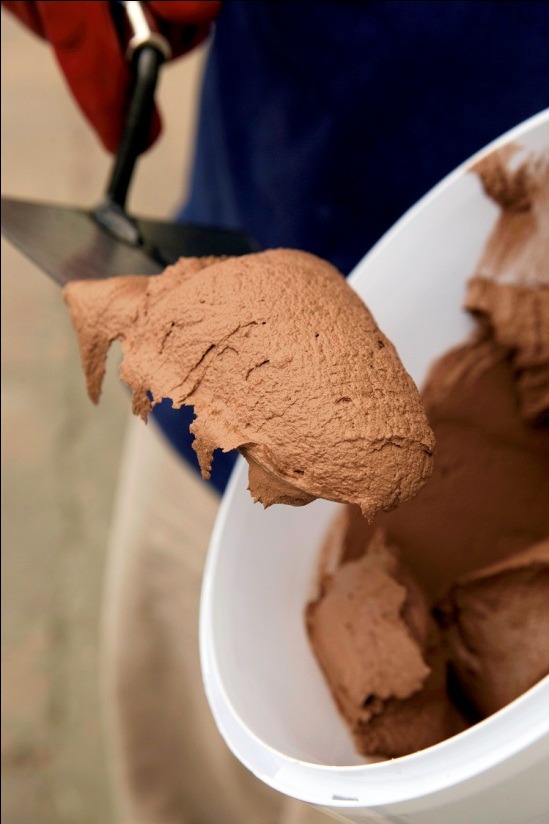

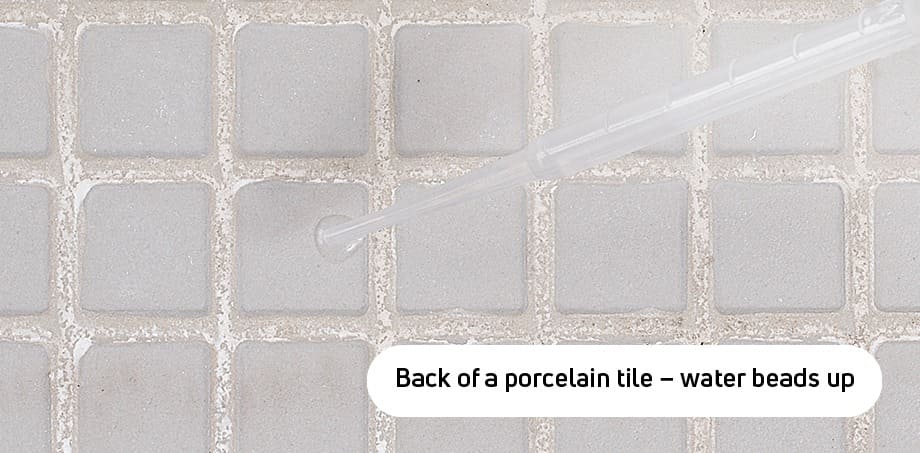

Grout installation tips
- Follow the instructions on the grout packaging for the correct mix ratio.
- Add the grout to the stipulated amount
of clean, cool water whilst mixing. Too much water in the mix can
cause colour variations in the grout
joints (patching of colour) and can also result in a soft, powdery finish. - Mix it well to form a creamy, lump-free consistency.
- If using TAL Wall & Floor Grout, add 5kg of grout to 1.5 litres of
clean, cool water. - Note that all exterior/exposed and ‘wet’ applications require the water
in the mix to be replaced with TAL Bond,
a latex additive that improves the water resistance,
flexibility and bond strength of the grout. Alternatively, TAL Bond Powder may be added to the adhesive mixing water, at a ratio of 1 x 1kg sachet per 20kg tile adhesive. - When applying the grout, ensure that the tiles are dry and free of dust.
- The joints must be raked out and
cleaned before grouting. - Apply the grout with a grout squeegee, one square metre at a time.
- Work the grout into the tile joints. Note that it is important to fill
the joints completely and to compact the grout into the joints so
that there are no voids (air pockets). - Wipe off excess grout from the face of the tiles and smooth the
surface of the grout with the squeegee.
It is important to clean off excess grout from the face of the tiles with a damp grouting sponge before it hardens completely. Rinse the sponge frequently in clean water to get rid of the grout, but remember to use a damp, not wet, sponge. If the sponge is too wet during this phase the mix will become overhydrated and become soft and crumbly when cured. Subjecting the freshly applied grout to mopping and washing before it has cured/dried properly will also cause this problem. Wait for at least 24 hours.
What can be done if the grout application failed?
The only way to rectify this problem is to scrape out the grout and to completely replace it – which can be done by using a grout rake or remover. Once the joints are clean, apply the correctly-mixed grout.
If you are refreshing your tile grout, we recommend using TAL Bond as an additive in the mix. This enhances the grout to make it more flexible, more impervious and easier to clean than standard mixed grout.
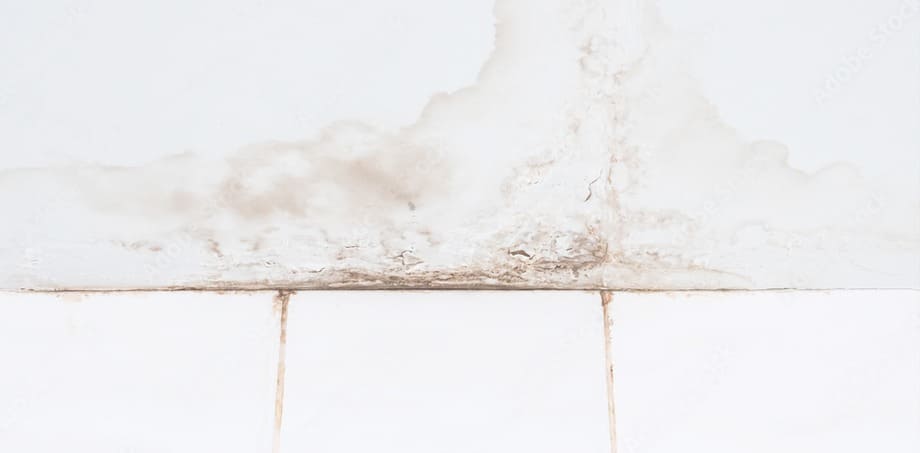

-
WHAT CAN I DO?
Attend to the water damage as soon as a problem is detected!
Water permeating through the grout and adhesive into the substrate can cause damp patches on adjacent walls or on the ceilings of rooms below the installation. There is also a risk of mould growth.
Follow these steps:1. Get a plumber in to determine if there is a leak in the pipe-work or taps:
- leakages must be repaired as soon as possible.
2. Consult a professional tiling contractor to determine if the problem is caused by:
- a lack of waterproofing
- failed waterproofing
- cracks in tile glaze
- cracked or soft grout
3. Should the wet area be tiled with porous tiles such as unglazed ceramics, or natural stones (travertine, slate, or marble), consider sealing the tiles with a suitable tile sealer.
4. Once the problems are rectified and the tiles are allowed to dry out, the dark shading will disappear.
- Porous tiles should be allowed to dry completely before being sealed.
- If you seal the tiles while they are still saturated with water, moisture could get trapped beneath the sealant, or prolong the drying-out process.
5. In extreme cases, especially if waterproofing has failed, the tiles will have to be removed and reinstalled. (See our article on How to waterproof a shower)
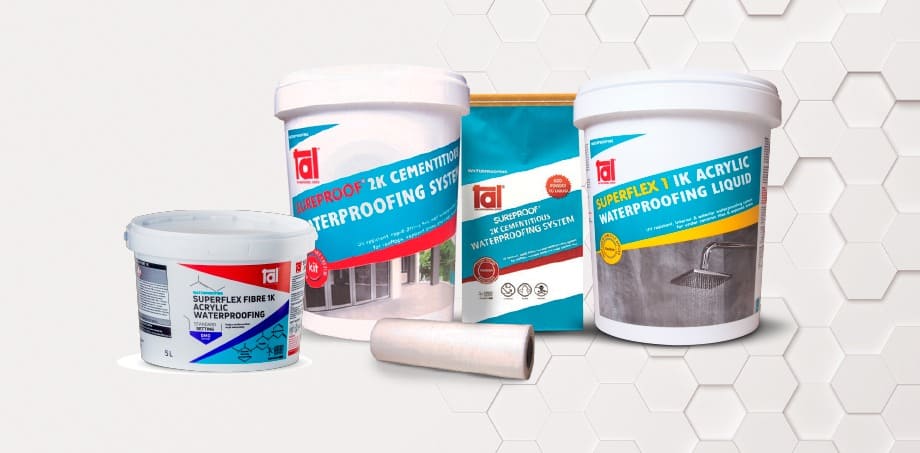

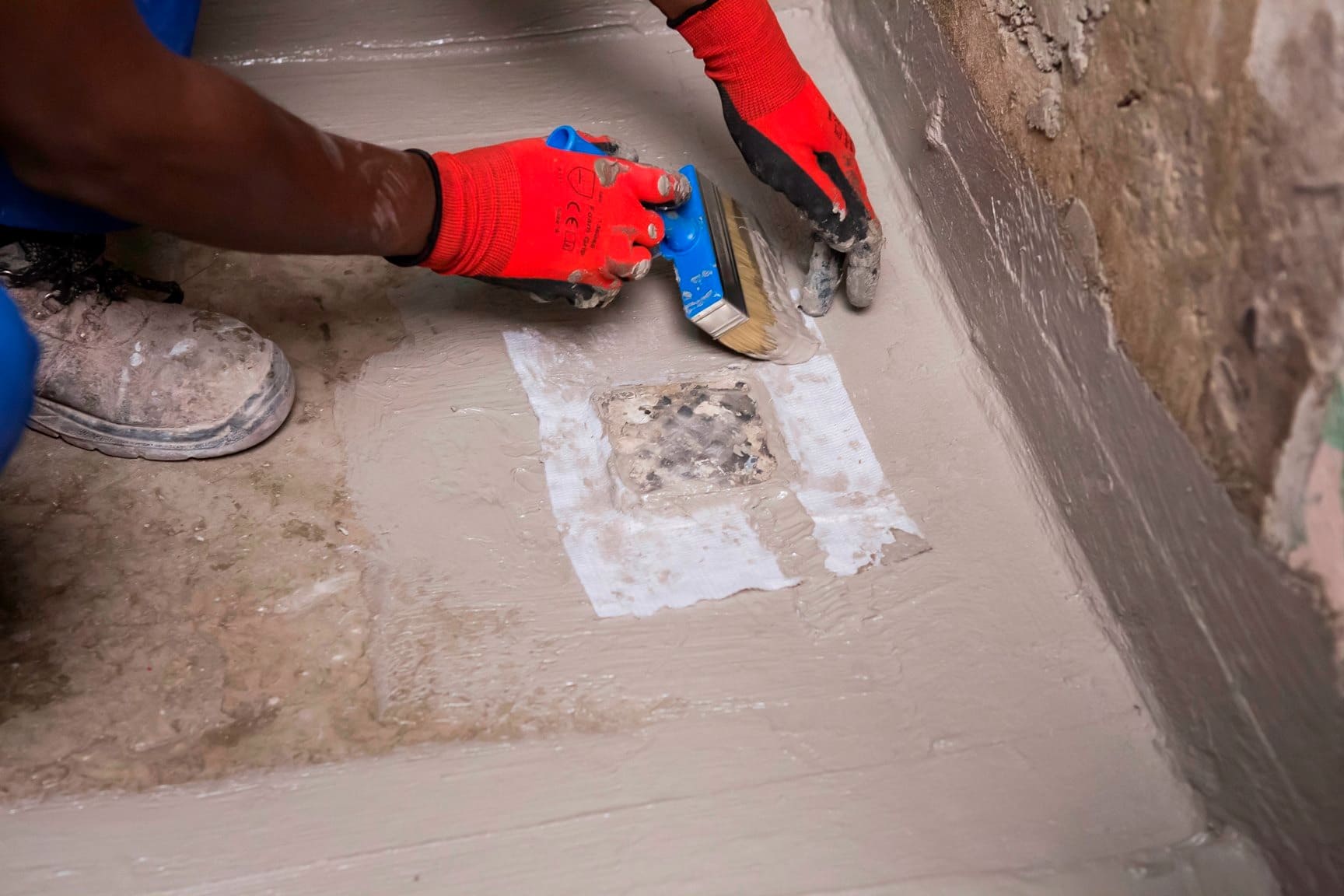

The waterproofing system needs to be applied to above the height of the shower rose and, where the wastes are flush with the floor, down into the shower waste.
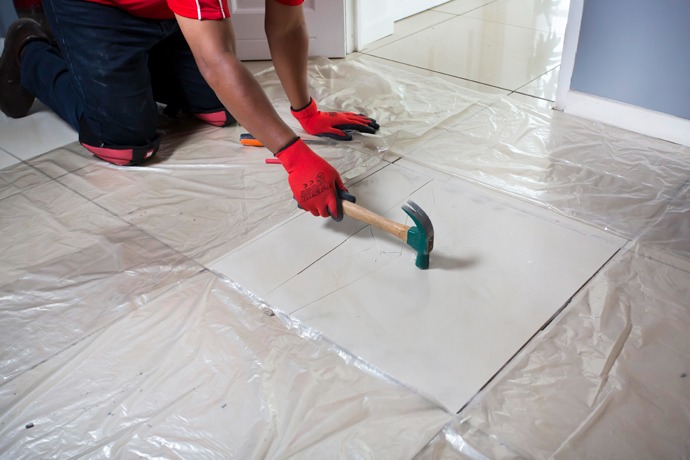



Where necessary, use a grout squeegee to apply additional adhesive to fill in any voids in the grout joints.
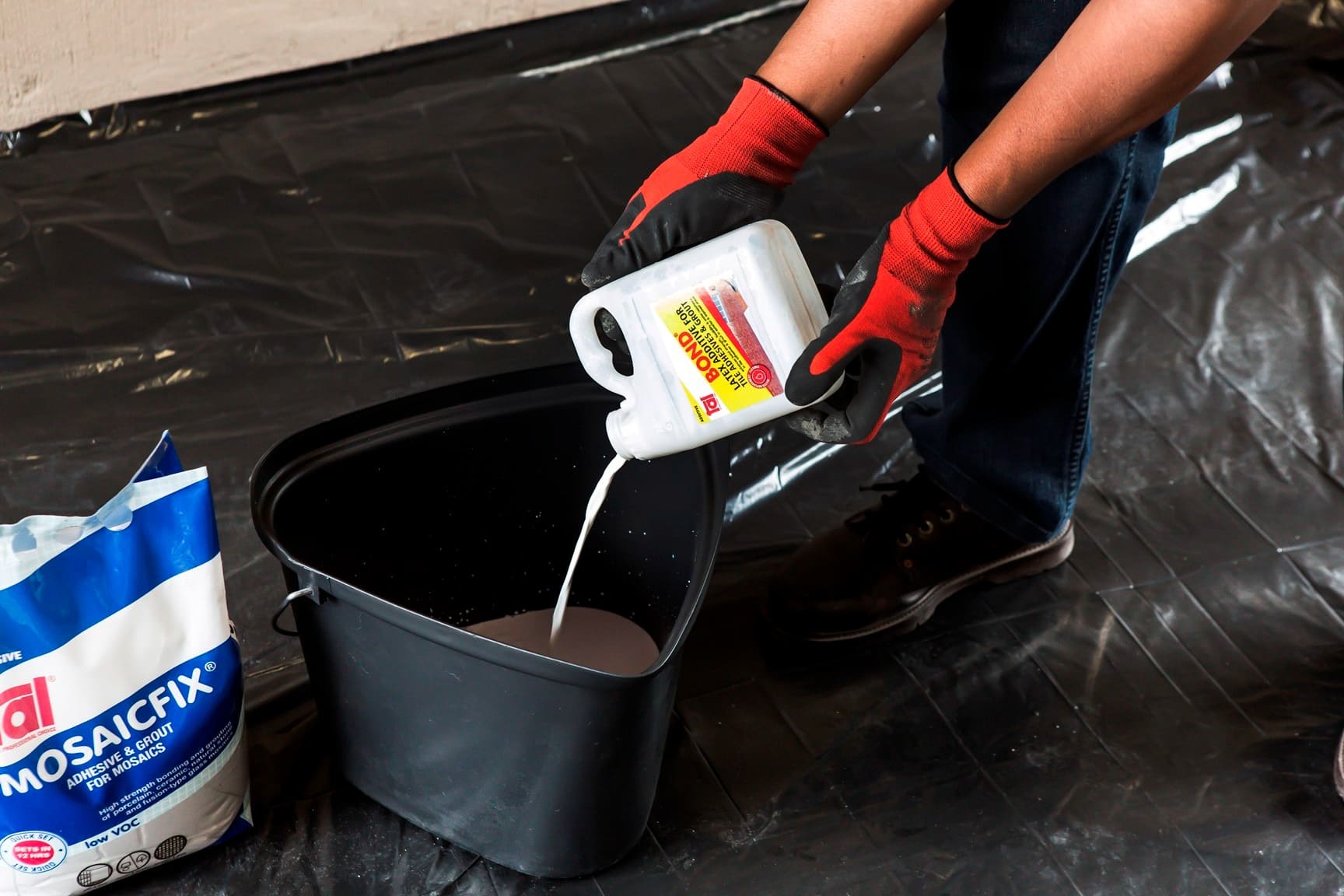

Complete the waterproofing system by replacing the water in the grout mix with TAL Bond, a latex additive, as this further increases the water resistance and flexibility of the installation.
Get the job right the first time and avoid future headaches from water seeping through and damaging the walls and floors of your home. The additional cost and effort of properly waterproofing your shower is an investment in your property and will ensure a beautiful and functional bathroom for years to come.
For more information on multi-level waterproofing systems, contact a TAL Expert on 0860 000 TAL (825), email us or watch our how-to video on YouTube for step-by-step advice on how to waterproof a shower.
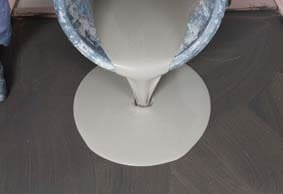

STEP 8
Roll the area using a TAL Spiked Roller to facilitate the release of any trapped air to produce a smooth surface, and to allow it to dry.
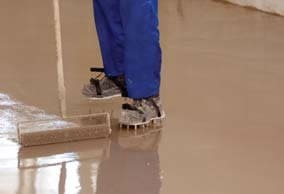

Allow the screed installation to dry for 24 hours before subjecting to foot traffic (or other trades) or installing floor coverings.


TAL MOSAICFIX is available in 20 kg and 5 kg bags from leading retail outlets.
Designed to be 100% compatible, using the TAL range of products ensures fully guaranteed multi-level tiling systems from a single source. TAL products are manufactured in South Africa to suit local climatic conditions.
If you are in any doubt, contact the TAL Technical Advisory Service on 0860 000 TAL (825), email [email protected]. Alternatively, employ the services of an experienced and skilled mosaic tiling contractor.




When replacing tiles, it is not always possible to apply the TALFIX directly to the floor, in which case apply the adhesive in a solid bed onto the back of the tile, ensuring complete coverage. Gently trace the notched side of a floor trowel through the adhesive to create ‘ridges’.


Adhesive system
When tiling onto existing tiles, it is important to only use a quick- or rapid-setting adhesive, as the existing tiles will present a dense, impervious surface, and standard-setting adhesives will take longer to dry. Too early trafficking of newly-installed tiles before the adhesive has set sufficiently can result in hollow-sounding or loose tiles.
Use TAL Tile-To-Tile quick-setting adhesive for tiling onto interior surface beds. When tiling onto suspended slabs and for external installations mix the TAL Tile-To-Tile with TAL Bond, replacing the water in the mix. Alternatively, TAL Bond Powder can be added to the adhesive mixing water.
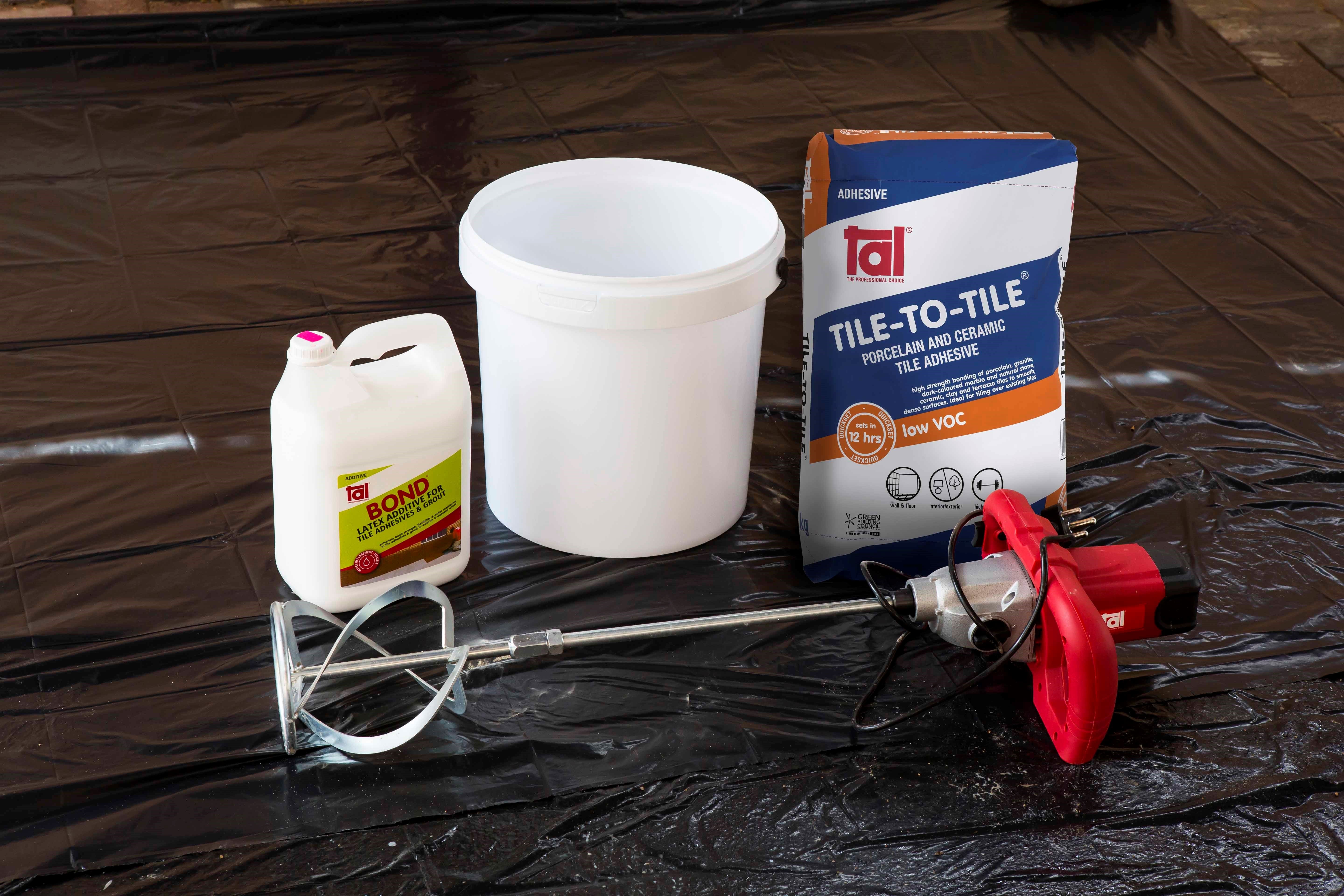

Ensure that there is a solid bed of adhesive at least 6 mm thick beneath each tile.
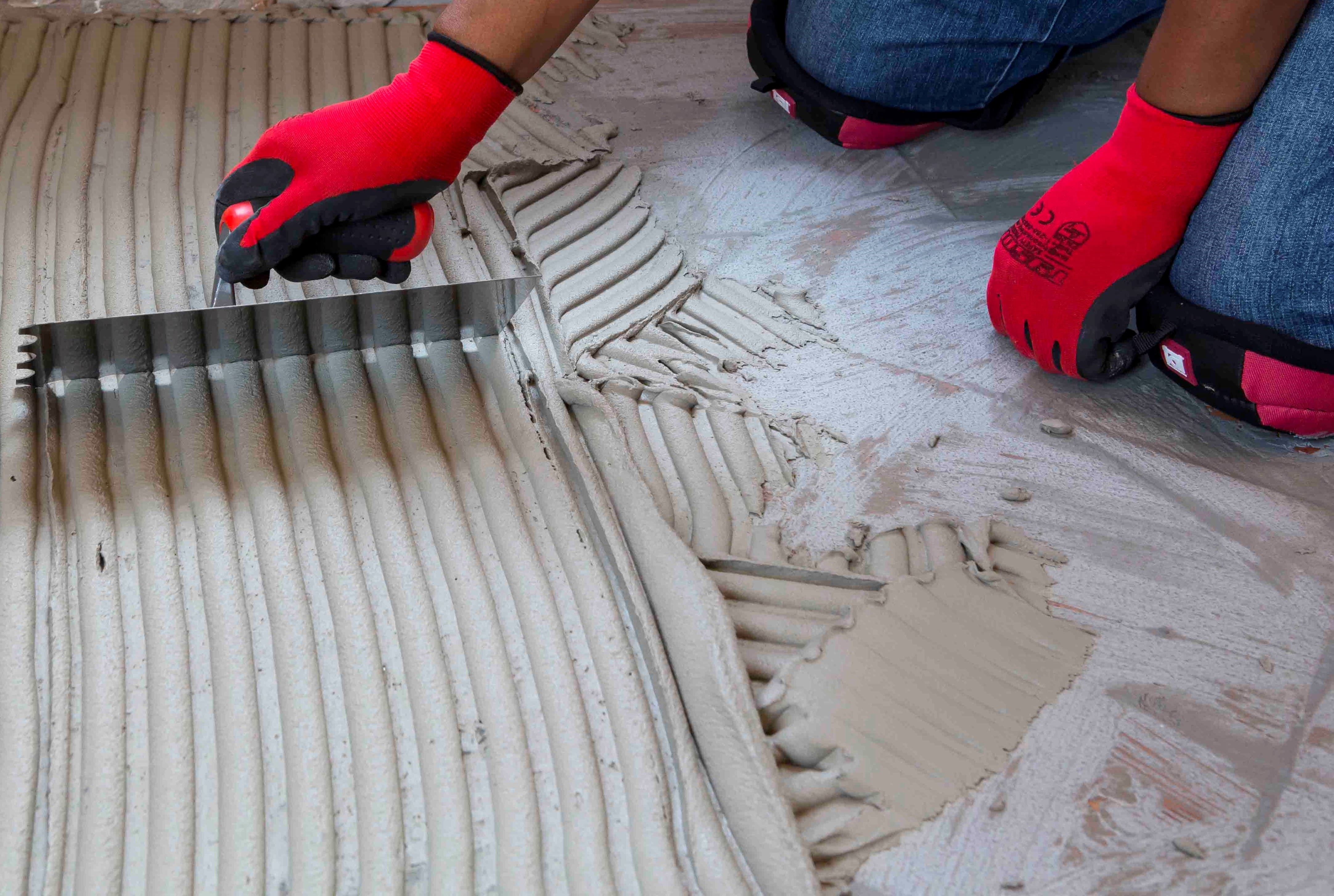

Back buttering with a thin coat of adhesive may also be required when using large-format tiles to ensure full contact with the adhesive bed.
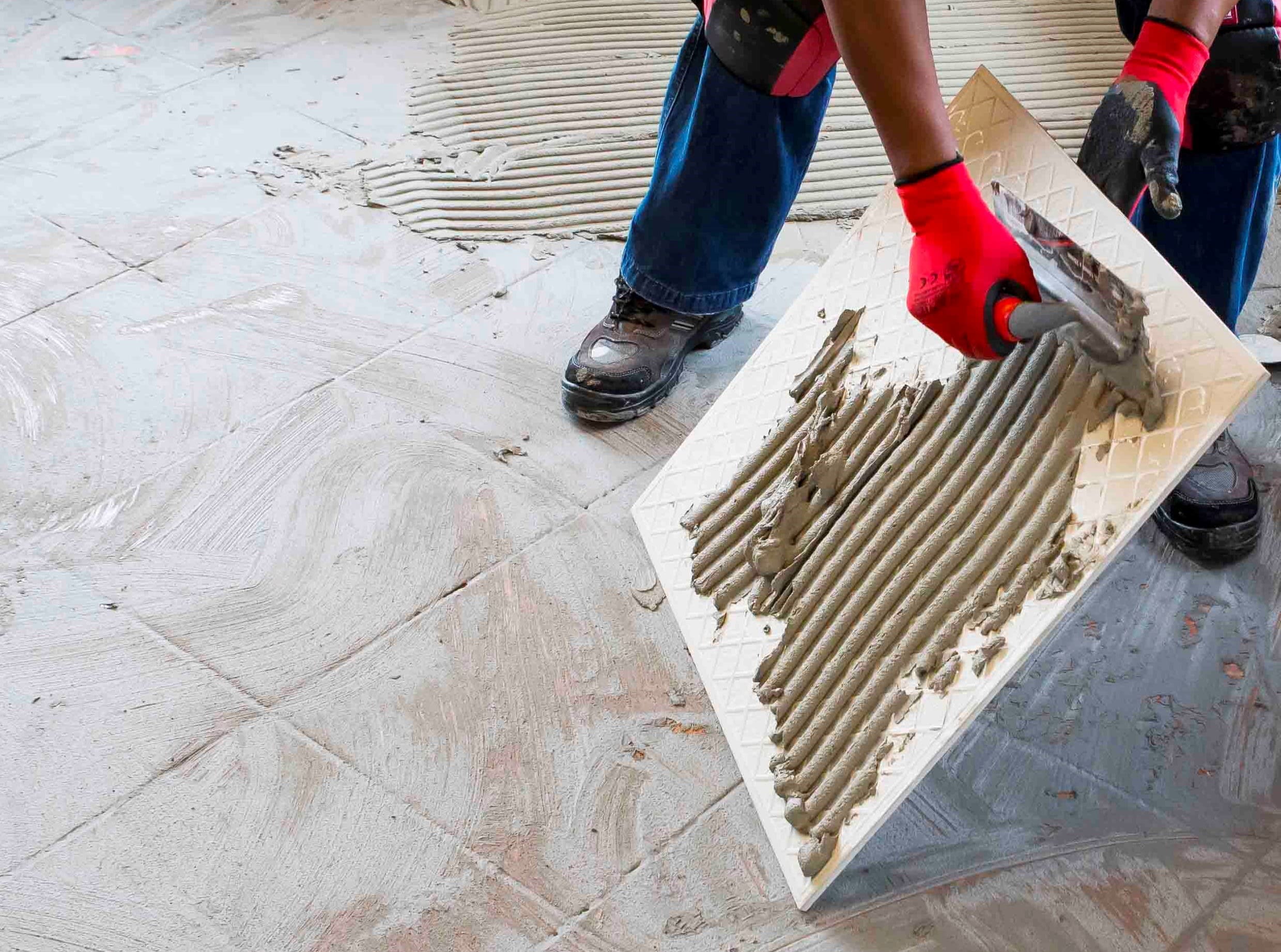

Grouting
Grouting should not be carried out until the adhesive has set sufficiently to prevent the tile installation from being disturbed during the grouting operation (always refer to the adhesive packaging for setting times). When using TAL TAL Tile-To-Tile, allow a minimum of six hours before grouting.
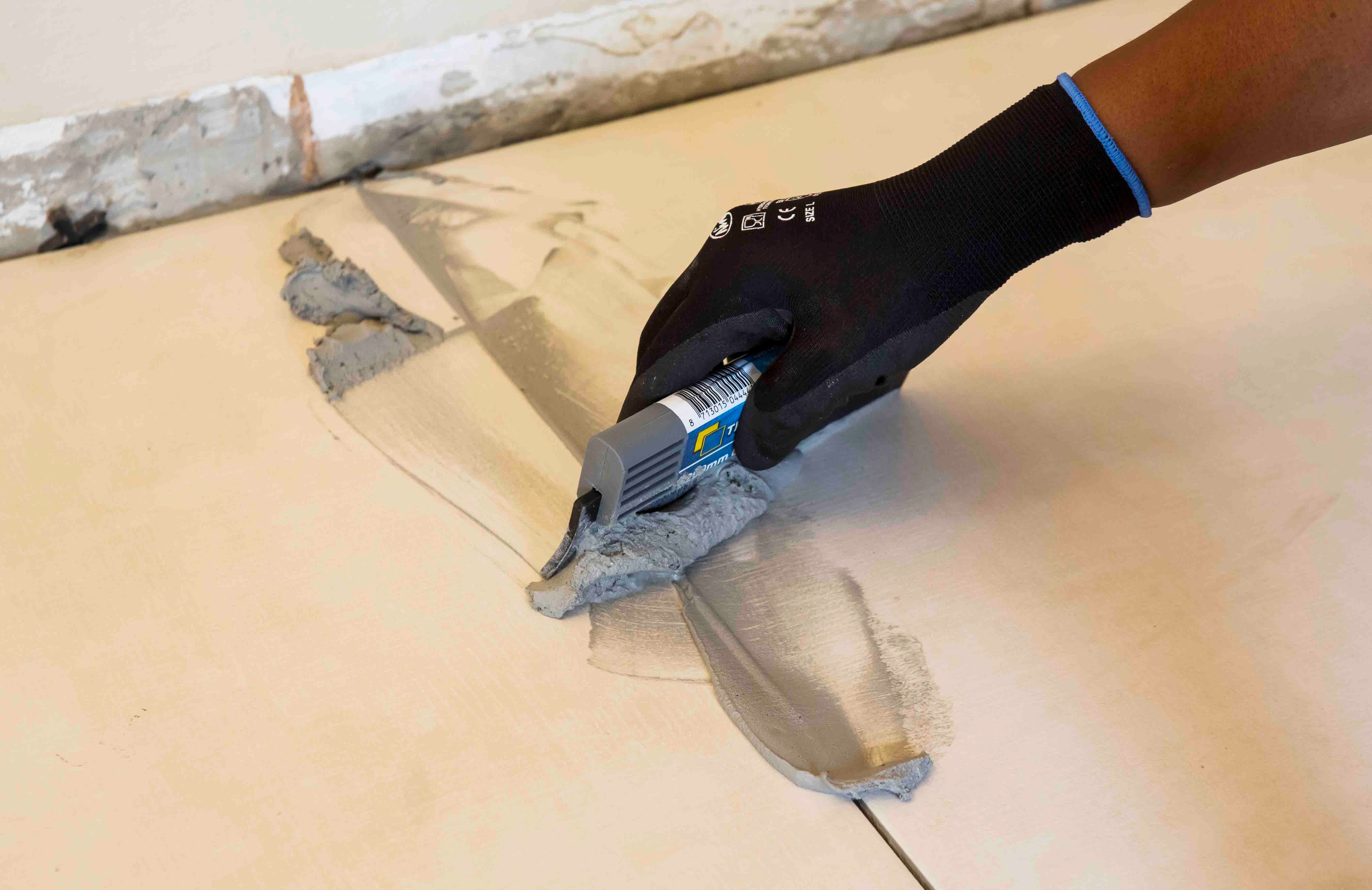

For interior surface beds, use TAL Wall & Floor Grout for filling tile joints up to 8 mm wide. TAL Quarry Grout can be used in wider joints up to 25 mm wide. On suspended slabs and for external installations, replace the water in the grout mix with TAL Bond, or add TAL Bond Powder to the grout mixing water.
Particular care must be taken to clean the grout off the tile face before it hardens completely. This is especially important when an additive such as TAL Bond or TAL Bond Powder has been used. A tile sample should be tested beforehand to ensure that no grout is absorbed through the glaze or into the tile body, thereby staining the tiles permanently.
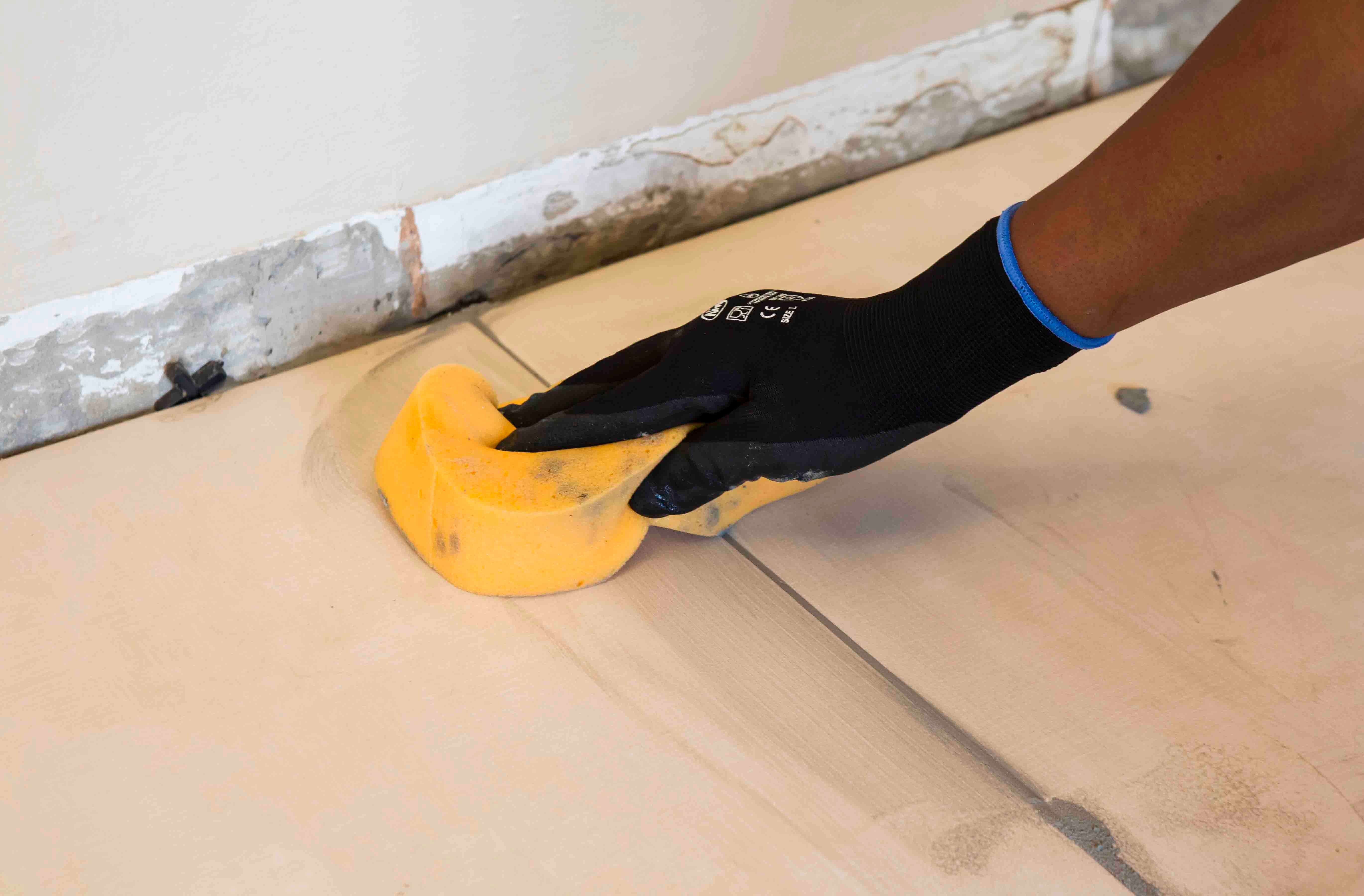

Movement joints
The lack of movement joints in tile installations is a major cause of tile failure. When tiling over existing tiles, the existing structural and movement joints must be maintained in the new tile installation. The movement joints should be at least 5 mm wide and extend through the adhesive and both tile layers.
